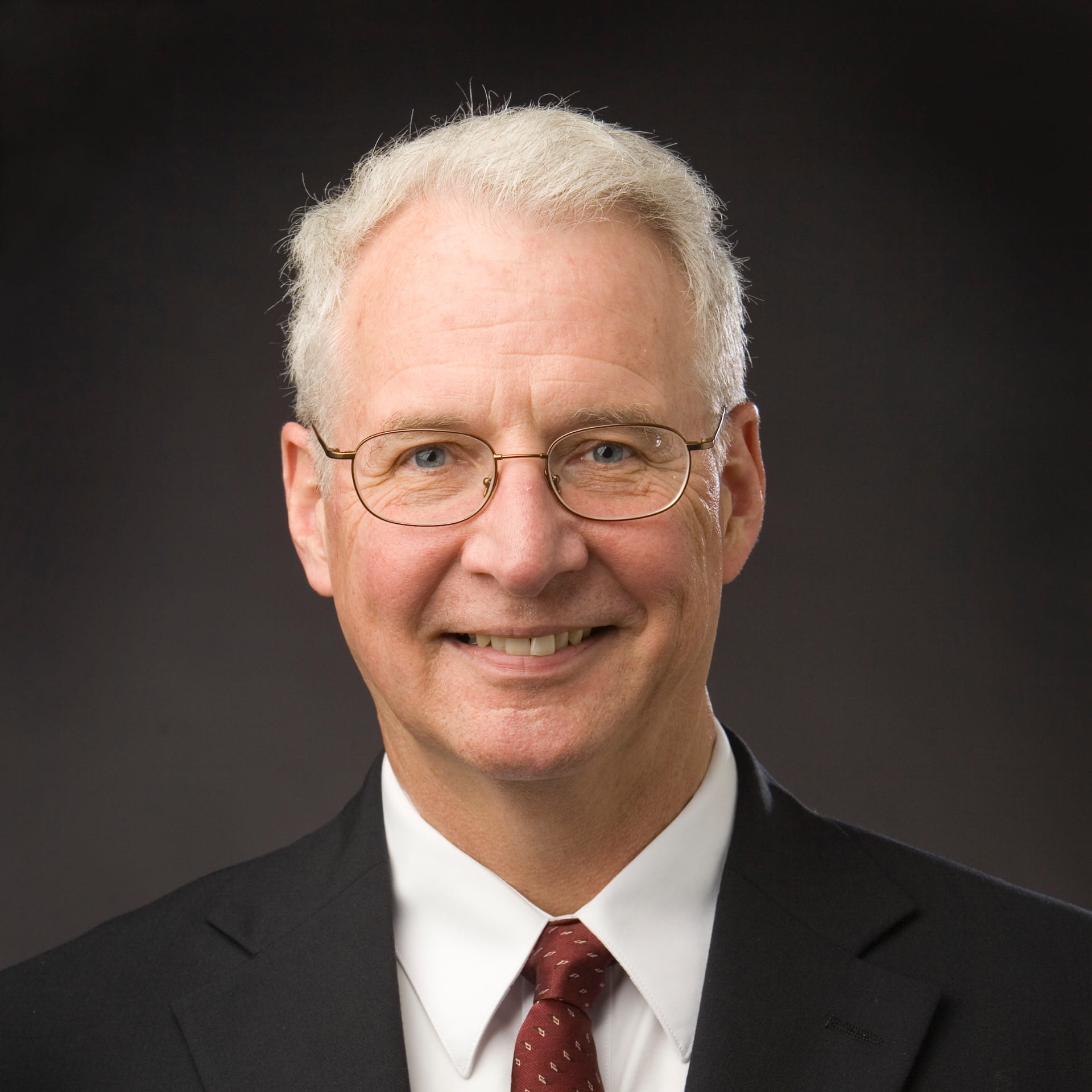3-D model of Bovay Lab – The Bovay Civil Infrastructure Laboratory Complex has several components that allow CEE students to receive hands-on experience, observing what large forces and displacements can do to soil, concrete, steel, and other fabricated materials and structures.
Kenneth Hover
Professor
Cornell University
The School of Civil and Environmental Engineering
Hello everyone! My name is Ken Hover, and I am one of the Professors of Civil & Environmental Engineering here at Cornell University.
I am currently teaching the intro-to Engineering course called Modern Structures, which is our introduction to the world of structural mechanics and materials. We will be exploring how buildings and bridges and all sorts of structures respond to loads caused by gravity, wind, and earthquakes, to include the weight of the structure itself in addition to the cars, trucks, trains, planes, people and stuff we put on those structures. Since the fall course starts in Hurricane season, we often start with the effects of wind.
The Modern Structures course has in-person labs this fall, but remote lectures because of the virus. We are working hard to fit as much as we can into the labs before we go “Full-Remote” in November, but we hope to break wooden structures at least 4 different ways, build and break brick walls, and show you how to weld steel. If we can squeeze-it-in, you will mix and test concrete. But this Is just an introduction to the many areas of interest and opportunities we have in Cornell’s school of civil and environmental engineering, reflecting the broad career opportunities open to civil and environmental engineers.

